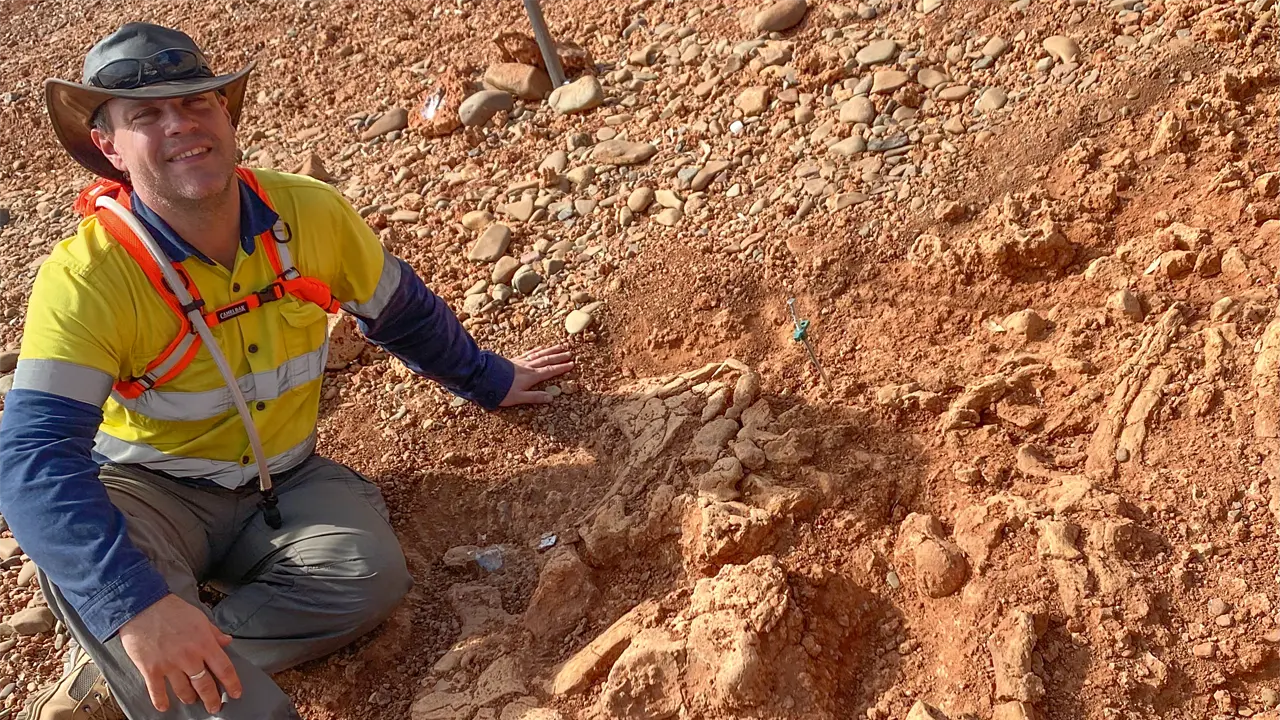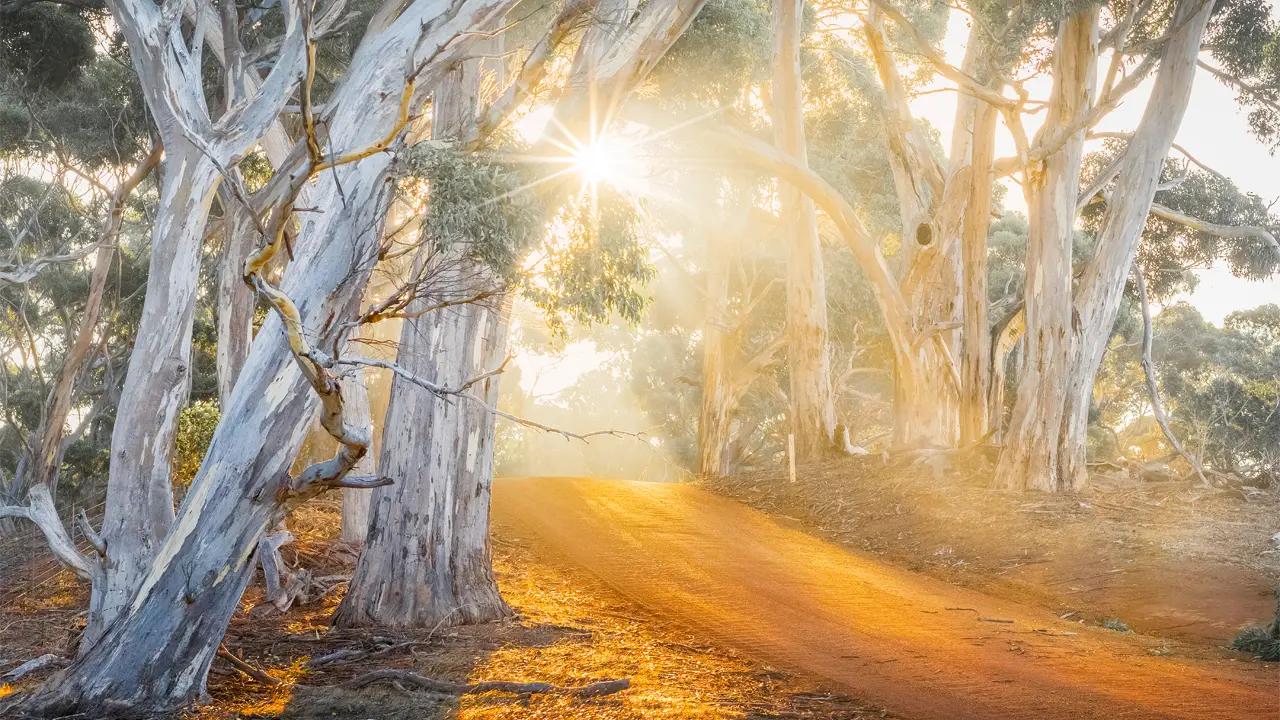Known as the ‘Balloon Capital of Australia’ this little town in New South Wales’ Central West is in no rush to forget the past.
Story By Emma Mulholland
“Progress forgot Canowindra," Graeme Beasley says as he gazes out the window to a main street trimmed with boutique stores and cast-iron lace verandahs. His view of the road, which follows the haphazard route made by early bullock drivers, is much the same as it would have been when his heritage-listed hotel, The Old Vic Inn, was serving ales in the 1930s. Only two new buildings have been constructed on the main drag since then. “What I think people really love about Canowindra is the heritage,” Graeme says. “We’ve still got the old buildings. Most historic places these days have sort of been built – they’ve wiped out the old stuff and built new old stuff.”
Canowindra (pronounced Ca-noun-dra) in New South Wales’ Central West, is as famous for its deposit of fossilised fish 160 million years older than the earliest dinosaurs, as it is for its much-photographed street, twice raided by bushranger Ben Hall’s gang. Now home to pastoralists, artists, tree-changers, vignerons, crop and vegetable growers, fossil-lovers and one of the nation’s oldest Holdens, it has a population of 1700 who are fiercely proud of their town, where progress happens as gently as the scores of hot air balloons that drift overhead.
“More flights take place here annually than anywhere else in Australia. It’s the centre of sport ballooning,” says Graham Kerr, the self-confessed ‘balloonatic’ behind the town’s campaign to host this year’s Australian National Hot Air Balloon Championships. Set on a natural basin about 60 kilometres south-west of Orange, Canowindra offers perfect conditions for competition balloonists, who will compete from April 9-17 for a place in the 2012 World Championships. In fact, with its calm, light winds and open countryside dotted with cattle, fat lambs, vegetable crops, lucerne fields and organic vineyards, almost 50 years ago this scenic little town was chosen as the site of the nation’s first modern hot air balloon flight.
Since then it has been lauded as the ‘balloon capital of Australia’ and for a decade it played host to an annual balloon festival that filled the skies with around 50 hot air balloons. None of them were more famous than festival founder Frank Hackett-Jones’ kookaburra balloon, which became a nationally recognised icon and was donated to the town before Frank’s death in 2000.
This story excerpt is from Issue #76
Outback Magazine: April/May 2011









